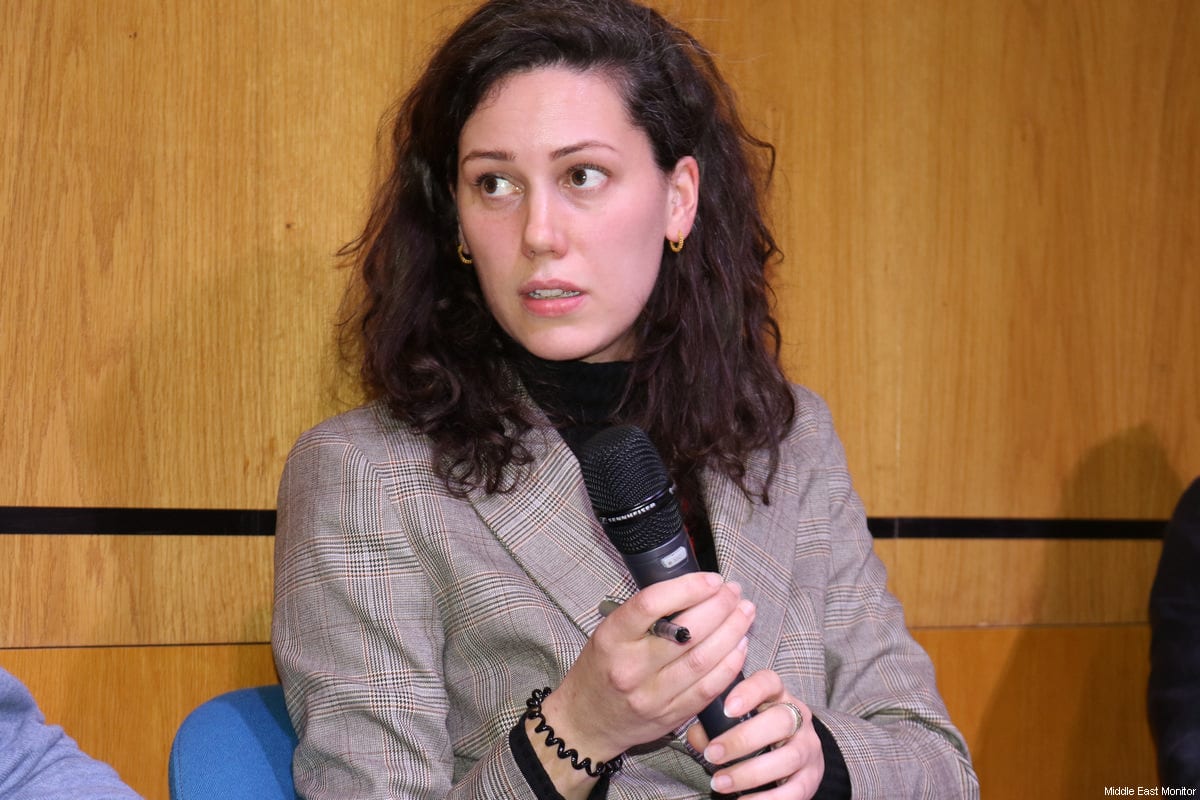Sweeping shots of the desert make the 800-mile railway line cutting through its sand look miniature. As a train braves the track and appears in the corner of the camera frame, it erupts into thick smoke and flames and the carriages topple to the ground. Thousands of men descend the surrounding sand dunes, charging towards it.
It’s early 20th century in the Middle East and we’re looking at the Hijaz railway or Turkey’s key thoroughfare for goods and troops during the First World War. The men approaching the train are guerrilla fighters in the Arab Revolt or the opposition, attempting to pull down the Ottoman Empire; placing dynamite along tracks succeeded several times to disrupt the supply route and disable the Turks.
The star of the insurgency and the film is T.E. Lawrence, or Lawrence of Arabia. In a recent digital reworking of David Lean’s classic, we watch his role in the Arab uprising unfold through the actor Peter O’Toole. The 1962 film, which also stars Omar Sharif, has won seven Oscars and four BAFTAS.
Now, the explosion on the train is richer in colour, the rolling dunes of the desert sharper; the 4K digital restoration gives the images four times the detail as the original. The film, which will be out in the UK on November 16th, marks its 50th anniversary.
Lawrence’s contribution to the Arab Revolt began in the intelligence department of the British army in Cairo, where he assembled facts about the movement. The Revolt became a key element of Britain’s tactic in defeating the Ottoman Empire and his involvement grew beyond the office. Eventually, Prince Faisal awarded him the position of British liaison officer. In a crowning moment in the war, he attacked and took Aqaba, then a strategic stronghold for Turks, now a seaside port in Jordan.
A famous line from the film sums up Lawrence’s intentions in the region. When asked what Arabs hoped to achieve in the war he simply replied with: “They hope to gain their freedom… I’m going to give it to them.”He mediated between hostile tribes and taught them guerrilla tactics. He and they wanted an independent Arab state, beyond the reaches of the existing Empire.
Although he was famed for his guerrilla warfare, Lawrence was not just an adept fighter. One of his greatest skills lay in his ability to understand the communities he was leading.
Even today, the 2006 US Army Marine Corps Counterinsurgency Field Manuel contains some of Lawrence’s writings. Excerpts include a cultural outline written by Lawrence in 1917 intended to serve as an educational guide for British officers working alongside Arabs.
Sadly, Lawrence’s campaign did not have a happy ending. In May 1916 Sir Mark Sykes of Britain and Georges Picot of France drew arbitrary lines through the Middle East. Their aim was to divide the region into French and British administered areas, should the Ottoman Empire fall.
An independent Arab state, with its people’s best interests at heart, became a distant dream.
Lawrence’s story draws uncomfortable parallels with today’s insurgencies in the region. The ongoing military intervention in Iraq, for example, bears a constant reminder to how the interests of big power politics often win over local aspirations.
The views expressed in this article belong to the author and do not necessarily reflect the editorial policy of Middle East Monitor.








